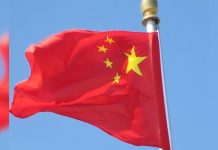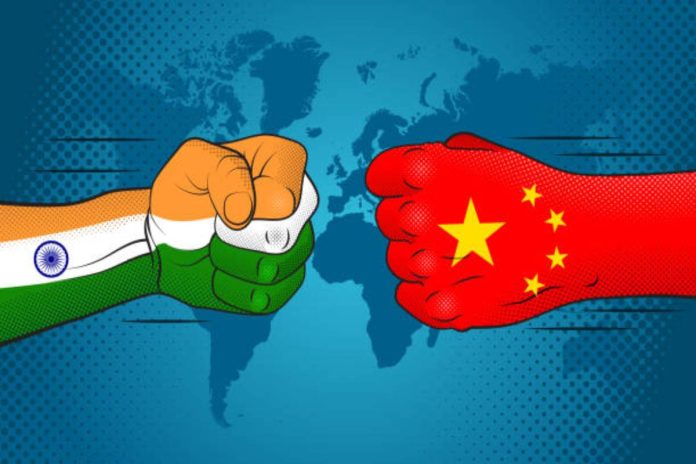TEN years ago, the rise of China suddenly hit the world. The US, which had viewed the East Asian country as a partner, realised that it was dealing with a putative rival. As its Belt and Road Initiative (BRI) swamped the world, reports of China’s burgeoning influence and power became a global narrative. In 2020, symbolising the stupendous growth of Chinese military power, the PLA (People’s Liberation Army) Navy surpassed the US Navy in terms of numbers of ships. China’s military became more assertive in the arc from Taiwan, the South China Sea to Doklam and Ladakh.
Today, however, China is facing internal and external challenges impacting its rise. Its fabled economic growth has faltered and youth unemployment has become a major threat to social stability. At the global level, Beijing is facing a pushback against its export-oriented growth strategy. On the security front, other countries have ganged up on China. The revival of the Quad in 2017 was the first sign of the new geopolitics of the region; it was followed by the revival of the US-Philippines alliance and the slow-motion growth of India-US security ties.
Whether China is flourishing or is down and out, it still remains a major threat to the world as long as it is ruled by the Communist Party. The party is ideologically driven and believes that China is destined to become a global power, and it is the West that is declining.
Given China’s military and industrial strength, there has never been a question of coercing or inducing it to follow any specified course. The main challenge is to manage Beijing’s rise, just as today we must deal with its downturn that could leave it stagnating in what is called the middle-income trap.
The shift in the American and European view of China from being a partner to a systemic rival has led to shifts in their strategy. From the somewhat chaotic Trump administration’s handling of China, the Biden administration has adopted a more systematic approach. The progressive ban on semiconductors’ export to China, since 2022, was aimed at not just military applications, but also to restrain China’s development as an economic power.









































